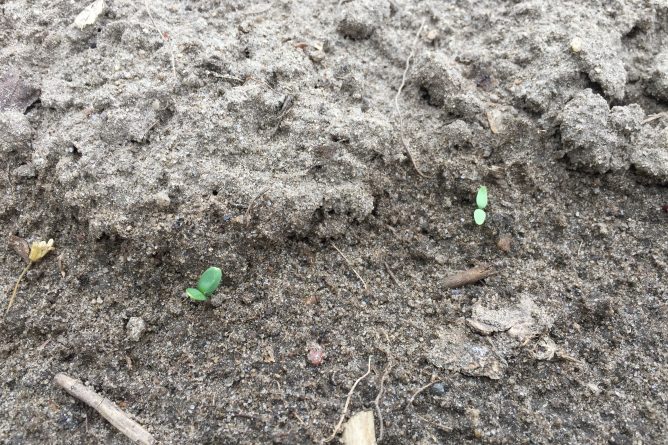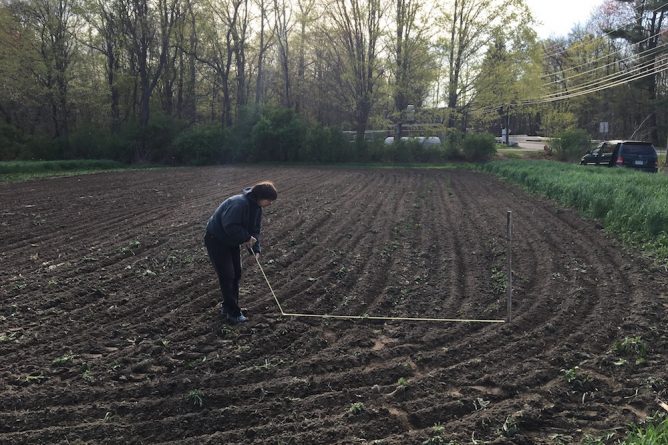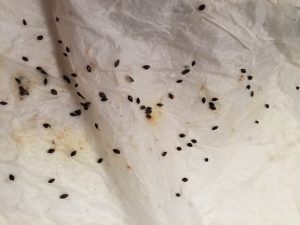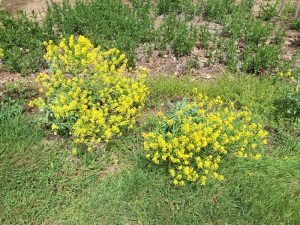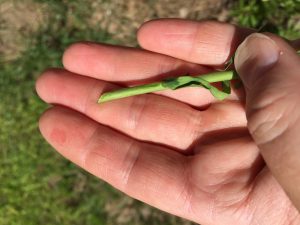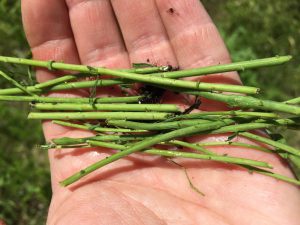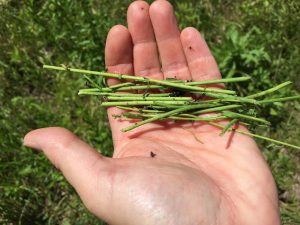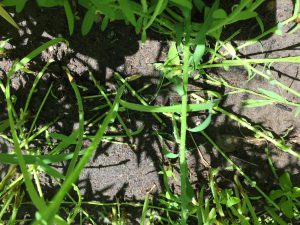Over the years that I’ve been growing flax, I have written several verses of a silly, imaginary song. Each verse tells you about something you shouldn’t do, inspired by my own trials and failures. One verse goes like this: “Don’t store your flax with the seeds on/For it will attract lots of mice./They’ll get fat on the seeds/And leave lots of debris/Don’t store your flax with the seeds on.” Yes, this is based on a true story.
Despite this good advice to myself, it often takes several months or even years before I get around to the next step in the process. On April 20th, in anticipation of my 2018 growing season, I finally finished removing the seeds from the flax I grew in 2016. Continue reading “Rippling and Winnowing Flax Seed”

